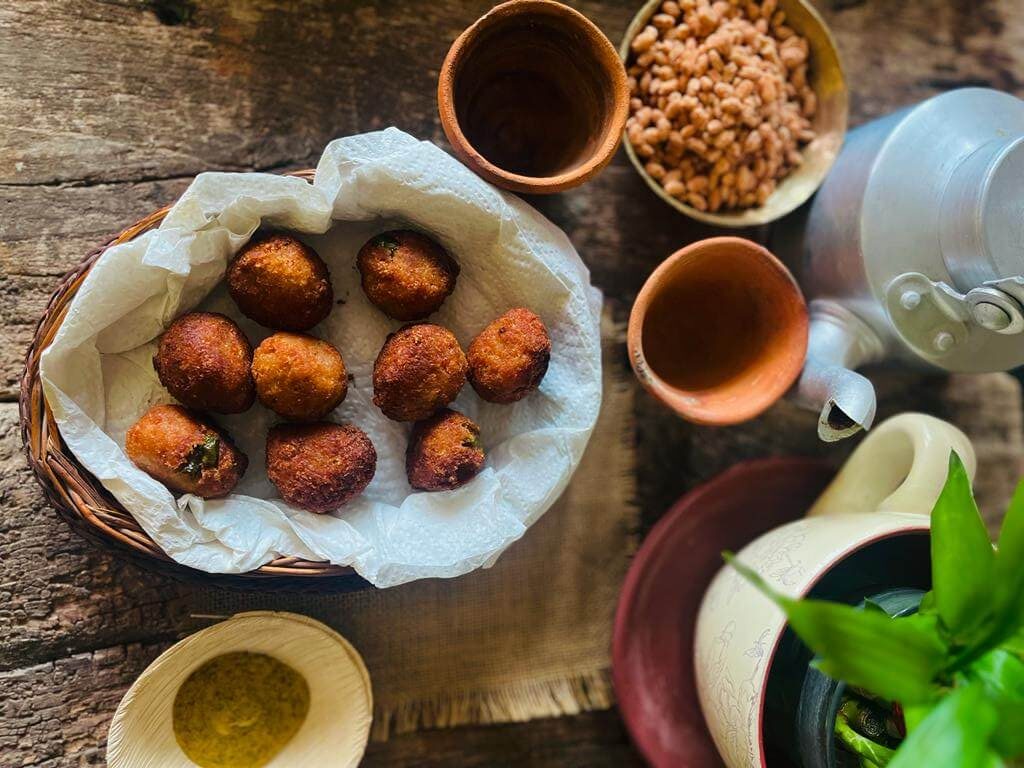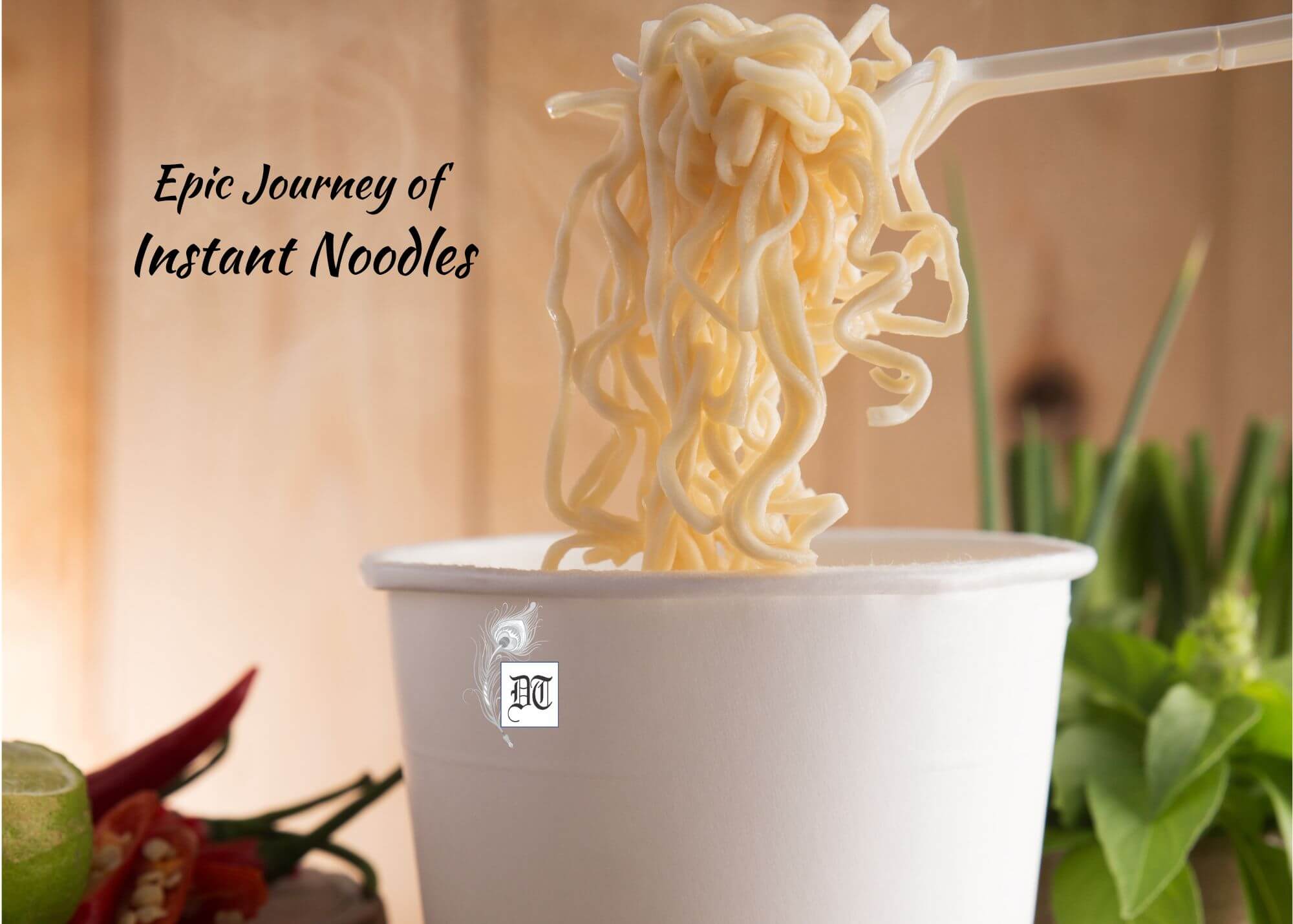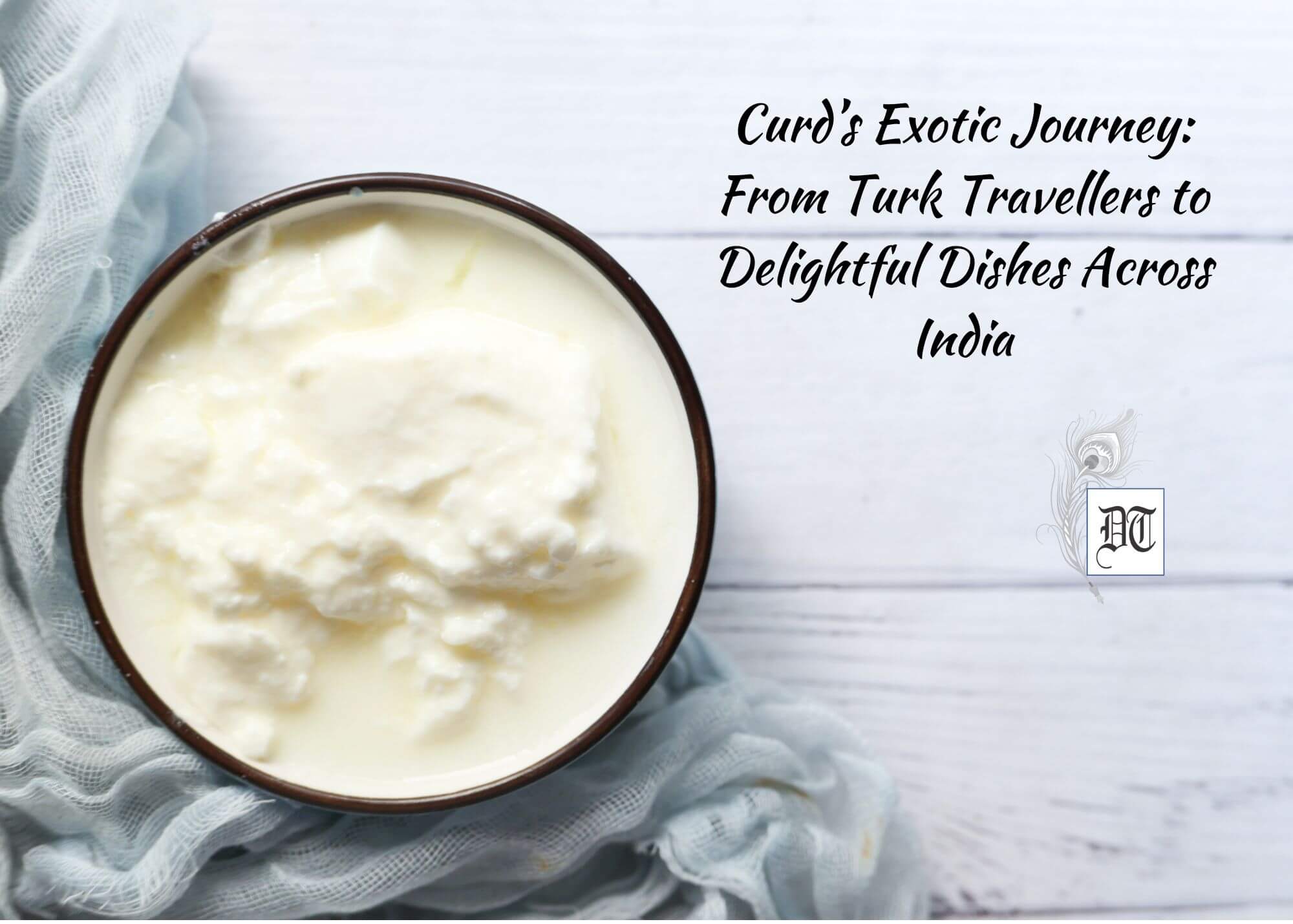Lily tells us about a fun dessert called a cobbler! The unique name came about as this dish was cobbled together by early American settlers with fruit that was either canned or dried or preserved in some manner. It was baked over an open fire with clumps of biscuit dough topping it. Read more in the weekly column, exclusively for Different Truths.
“Cobbler, cobbler mend my shoe,” may well have been the nursery rhyme about the man who mends shoes. I recited it as a little girl but today I talk about a fun dessert called a cobbler! The unique name came about as this dish was cobbled together by early American settlers with fruit that was either canned or dried or preserved in some manner. It was baked over an open fire with clumps of biscuit dough topping it.
Cobblers were never supposed to look pretty or decorative. They emerged from the forever popular pie recipes of Europe around the 1800s.
One can say that when Dutch and other European settlers started moving on the trail westward in the 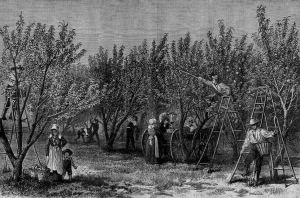 United States, this recipe evolved out of necessity. They missed the fruit that grew on the East Coast like plums, peaches, and cherries. Also, the dough had to be chemically leavened with baking powder instead of natural yeast while on the trail. The much-loved pie was modified with whatever form of fruit was available. It was put in a Dutch oven, covered with globs of biscuit dough and baked in an open fire under the stars. It was essentially a taste of “back home” out in the open! After being dumped in the Dutch oven it was baked till it was the proverbial golden brown.
United States, this recipe evolved out of necessity. They missed the fruit that grew on the East Coast like plums, peaches, and cherries. Also, the dough had to be chemically leavened with baking powder instead of natural yeast while on the trail. The much-loved pie was modified with whatever form of fruit was available. It was put in a Dutch oven, covered with globs of biscuit dough and baked in an open fire under the stars. It was essentially a taste of “back home” out in the open! After being dumped in the Dutch oven it was baked till it was the proverbial golden brown.
This trail modification of the traditional pie was happily absorbed and adapted to the settler diet. Such was its integration that it could be eaten as a breakfast dish, main course or as a dessert by many! It was only in the late 19th century that the cobbler was labelled as a dessert officially.
I hit upon my all-time favourite Peach Cobbler while on a visit to North Carolina, in 2010, where my daughter was a student at UNC-Chapel Hill. I soon became devoted to this delicious dessert. I found out that it evolved like other cobblers in the same way but was today the traditional dessert of the Deep South of the United States. It is now served with a scoop of vanilla ice cream.
Though the recipe for the true Peach Cobbler remains the same that the ancient settlers evolved, there are 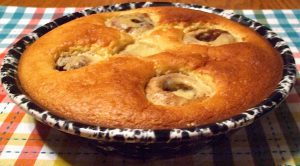 many other versions of this scrumptious dessert like bird’s nest pudding, crow’s nest pudding, pie, torte, tart, sonker, pandowdy, grunt, slump, croustade, crisp, and buckles.
many other versions of this scrumptious dessert like bird’s nest pudding, crow’s nest pudding, pie, torte, tart, sonker, pandowdy, grunt, slump, croustade, crisp, and buckles.
Around 1950’s the Peach Cobbler had become an American dessert staple. So much so that a day April 13 was declared National Peach Cobbler day by the Georgia National Council.
I can’t sign off without telling you all an easy recipe.
Melt butter in a deep baking dish. Combine one cup all-purpose flour (maida), 1 cup sugar, 1 tablespoon baking powder, a pinch of salt and 1 cup milk. Pour butter over half cup unsalted butter.
Combine 1 cup sugar, 4 cups peach slices, 1 tablespoon lemon juice and boil over high heat, stirring constantly. Pour over batter. Sprinkle cinnamon if you like the fragrance. Bake at 375 degrees for 40 to 45 minutes.
It’s irresistible if you are the fruity kind, like me!
Until next time cobble away, dear ones.
©Lily Swarn
Photos from the Internet
#HistoryOfDesserts #PeachCobbler #Pies #Puddings #Custards #FruitDesserts #BakedDesserts #HistoryOfPeachCobbler #HistoryAndMystryOfFood #DifferentTruths

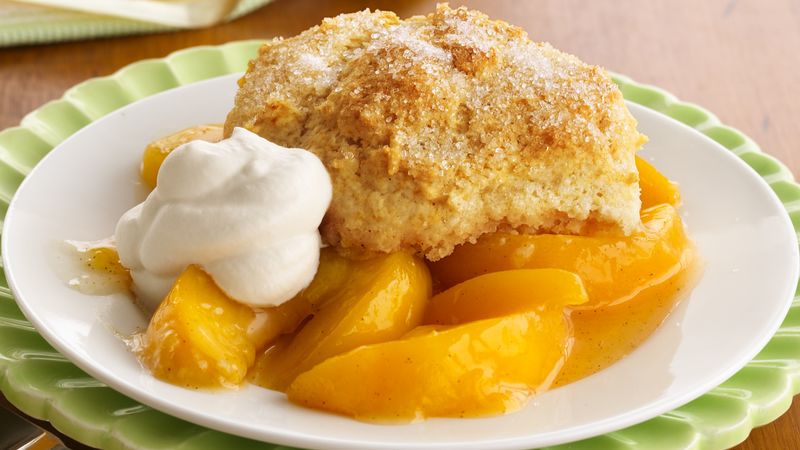
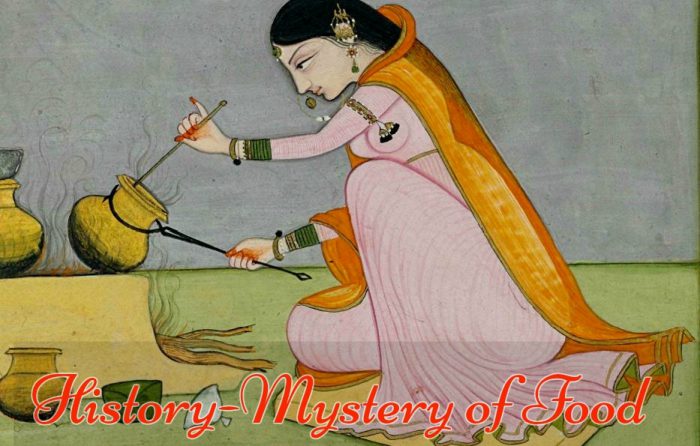
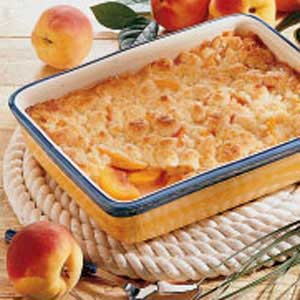



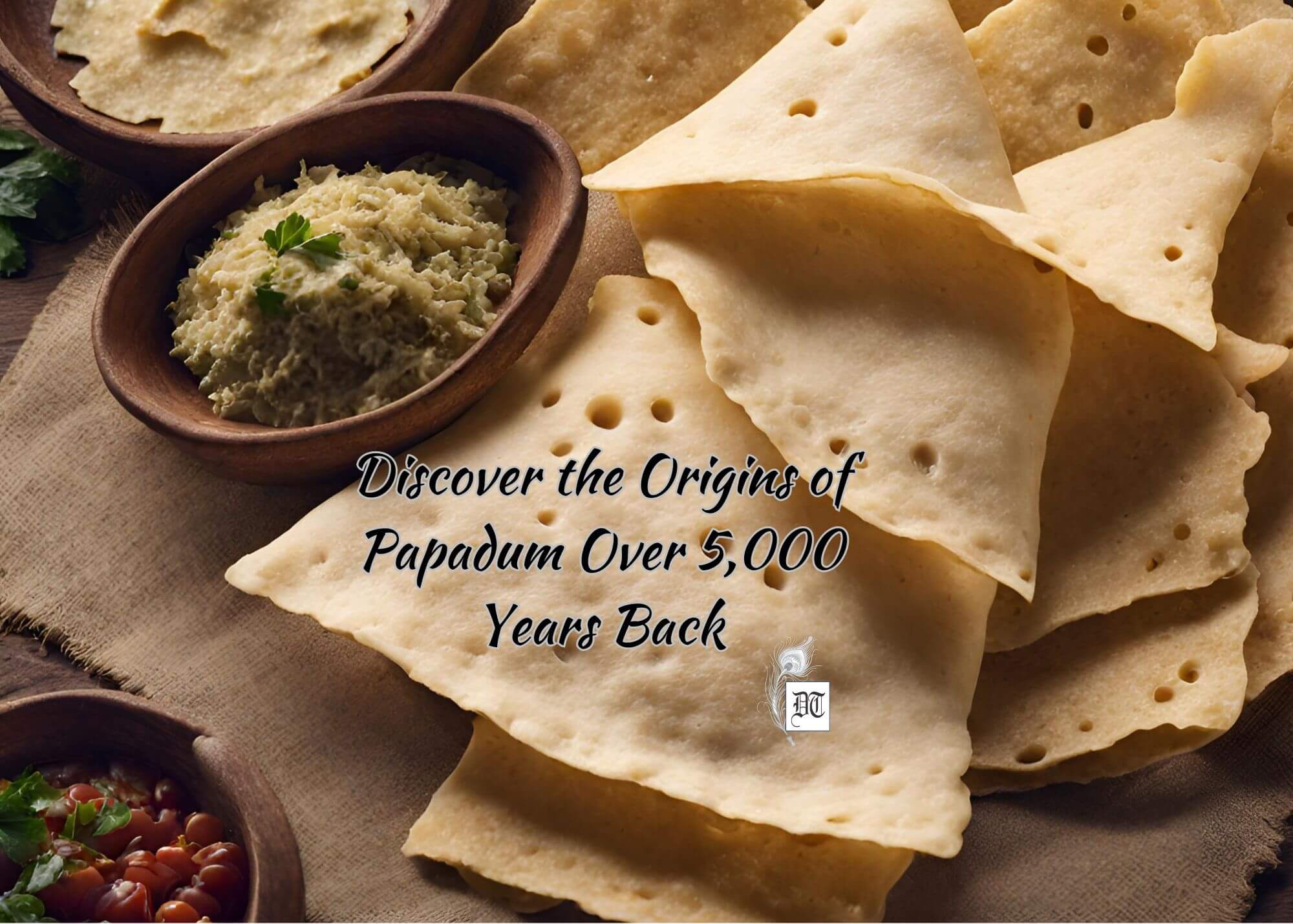
 By
By